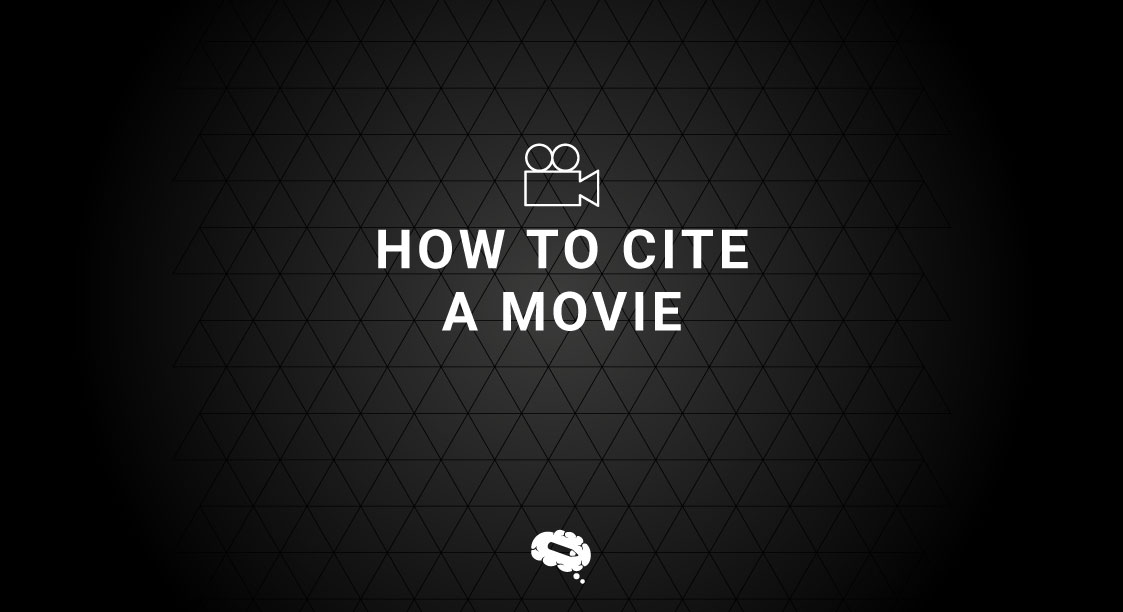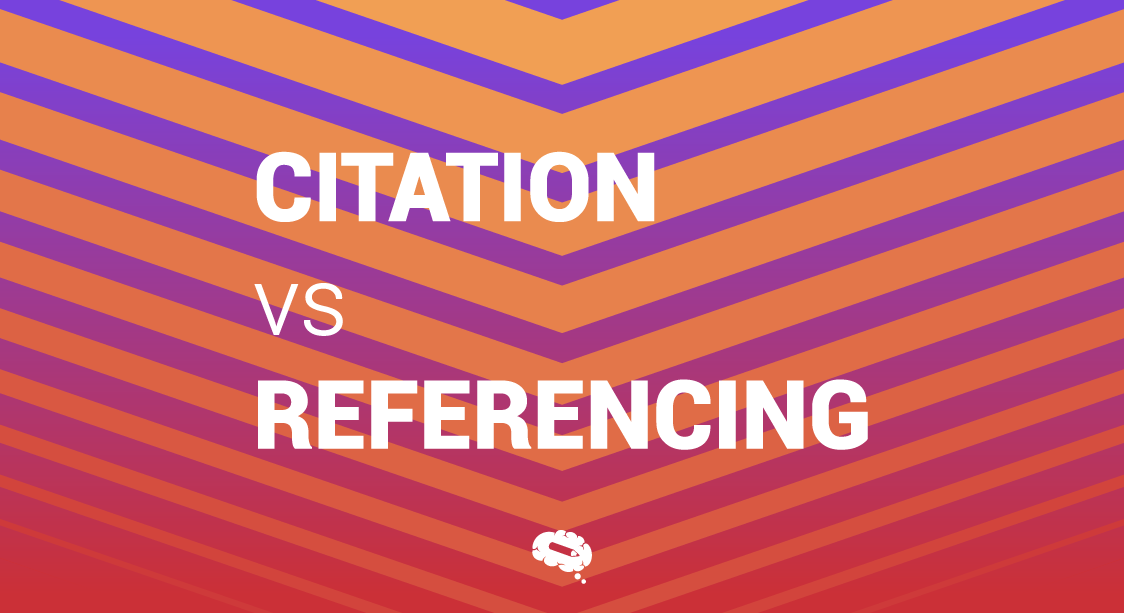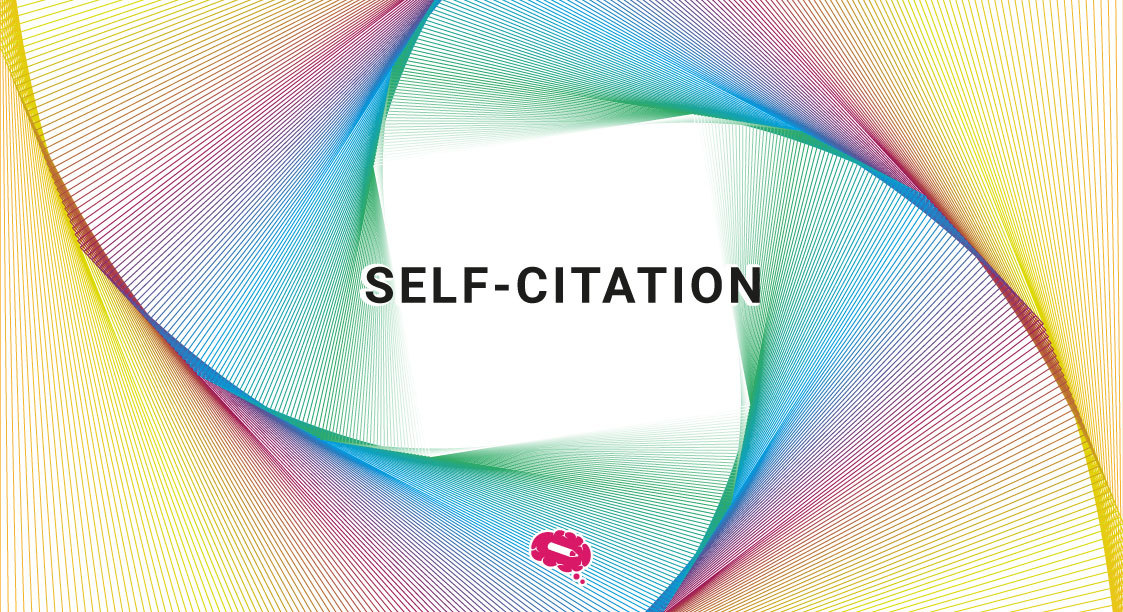Accurately citing movies is crucial for anyone involved in academic or professional writing. Proper citation not only acknowledges the intellectual property of filmmakers but also enhances the credibility and reliability of your work by allowing readers to verify your sources.
This article will explain the key points to consider when citing a movie, covering various citation styles such as MLA, APA, Chicago, and Harvard. By understanding and practicing correct citation methods, writers can avoid plagiarism, give due credit to original creators, and uphold the integrity of their work.
You will learn straightforward steps and best practices for citing movies to ensure your references are accurate and effective. Keep an eye out for more helpful articles on our blog that will guide you through the nuances of citation and other essential academic skills.
The Importance of Correct Citation
What is Citation?
Citation is the practice of crediting the sources of information, ideas, or data used in a work. It involves providing detailed references that enable readers to locate the sources. Proper citation is fundamental in academic and professional writing for several reasons:
- Acknowledging the intellectual property of the original creators gives them due credit.
- Allowing readers to verify your information’s sources enhances your work’s credibility and reliability.
- Preventing plagiarism, the unethical act of presenting someone else’s work or ideas as your own, is achieved through proper citation.
Consequences of Incorrect Citation
Failing to cite sources correctly can lead to a range of serious issues. Academically, it can result in accusations of plagiarism, which can have severe repercussions, including failing grades, academic probation, or expulsion. Professionally, improper citation can damage your reputation and credibility, leading to a loss of trust and potential legal consequences. Incorrect citations can also mislead readers, making it difficult for them to trace the original sources and verify the information, thus undermining the integrity of your work. Therefore, understanding and practicing correct citation is crucial for maintaining ethical standards and contributing to the scholarly community.
Information Needed for Citing a Movie
When citing a movie, it is essential to gather specific details to ensure your citation is complete and accurate. Below is a list of common information required for movie citations across various citation styles:
Title of the Movie: The full title as it appears in the official release.
Director: The name(s) of the director(s) who directed the movie.
Release Year: The year the movie was released to the public.
Production Company: The company that produced or distributed the movie.
Format: The medium in which the movie was viewed, such as DVD, Blu-Ray, streaming service, or cinema.
Other Contributors: Names of significant contributors such as screenwriters, producers, or leading actors, if relevant to your work.
Duration: The total runtime of the movie.
Location of Production: The place where the movie was produced or released, if applicable.
Version: If applicable, the version of the movie, such as Director’s Cut or Extended Edition.
How to Cite a Movie in MLA Format
In-text Citation
In MLA format, in-text citations for a movie should include the title of the movie in italics and the time range of the scene you are referring to, if applicable. If the title of the movie is mentioned in the text, you only need to include the time range in parentheses.
Example:
In-text citation: (The Art of Filmmaking, 30:15:20-42:39:17)
Works Cited Entry
Step-by-step guide to creating a Works Cited entry in MLA style:
Title: The full title of the movie as it appears in the official release.
Director: The name(s) of the director(s), which can usually be found in the movie credits or on the IMDb or Wikipedia page.
Relevant Contributors: Any other relevant contributors (e.g., performers, writers) if they are important to your discussion.
Production/Distribution Company: The company that handled the production or distribution of the movie.
Year of Release: The year the movie was first released or published, also found on IMDb or Wikipedia.
Version: If there are multiple versions of a film, identify the specific version you are citing.
Format the Citation:
- Italicize the movie title.
- List the director’s name, starting with the last name followed by the first name.
- If applicable, add any other important contributors.
- Include the company responsible for production or distribution.
- Follow with the year of release.
- If applicable, specify the version of the movie.
Example:
The Art of Filmmaking. Directed by John Smith, Director’s cut, FilmHouse Productions, 2020.
How to Cite a Movie in APA Format
In-text Citation
For in-text citations of a movie in APA format, list the director’s last name and the year of release in parentheses. When using a direct quote or referencing a particular scene, include the timestamp of the starting point in an hour:minute format. This covers the basics for citing a movie in APA format, which is useful when writing an essay.
Example:
In-text citation: (Smith, 2020)
Reference List Entry
Steps to compose a movie reference in APA format:
Director: The name(s) of the director(s), typically found in the movie credits or on IMDb or Wikipedia.
Release Date: The year the movie was released, found on IMDb or Wikipedia.
Movie Title: The full title of the movie as it appears in the official release.
Medium (Format): The format in which you watched the movie, such as DVD, internet stream, or cinema.
Distributor: The company that handled the publishing of the movie.
Format the citation:
- List the director’s last name followed by their initials followed by the notation (Director).
- Include the release year in parentheses.
- Italicize the movie title.
- Specify the medium in square brackets.
- Provide the distributor’s name.
Example:
Smith, J. (director). (2020). The Art of Filmmaking [Blu-Ray]. FilmHouse Productions.
How to Cite a Movie in Chicago Style
In-text Citation or Footnotes
In Chicago style, in-text citations for movies include the director’s last name and the year of release. Footnotes provide additional information or commentary at the bottom of the page.
Chicago’s footnote/endnote style doesn’t interrupt the text but requires more organization. Footnotes and endnotes can be full or short notes, depending on whether the source has been referenced before. A full note is used for the first reference, while a short note is used for subsequent references, each providing different amounts of information about the source.
Example:
In-text citation: (Smith, 2020)
Bibliography Entry
To create a bibliography entry for a movie in Chicago style, follow these steps:
Director: Last name, First name, typically found in the movie credits or on IMDb.
Movie Title: The full title of the movie as it appears in the official release.
Year: The year the movie was released to the public.
Production Company: The company that produced or distributed the movie.
Format the citation:
- List the director’s last name first, followed by their first name and the role “dir” (director).
- Italicize the movie title with the original year.
- Include the production company followed by a comma and the year of release.
Example:
Smith, John. dir. The Art of Filmmaking. 2019; New York, NY: FilmHouse Productions 2020, Blu-ray.
How to Cite a Movie in Harvard Referencing
In-text Citation
In Harvard style, in-text citations for movies include the full title of the movie and the year of release within parentheses.
Example:
In-text citation: (The Art of Filmmaking, 2020)
Reference List Entry
Framework for a Harvard reference list entry for a movie:
Movie Title: The full title of the movie as it appears in the official release.
Release Date: The year of release, found on IMDb or Wikipedia.
Medium (Format): The format in which you watched the movie, such as DVD, internet stream, or cinema.
Director: The name(s) of the director(s), typically found in the movie credits or on IMDb or Wikipedia.
Distributor Location: The city or state where the distributor is located, which can be found on Wikipedia or other sources.
Distributor: The company that handled the publishing of the movie.
Format the citation:
- Title of film (in initials)
- Include the release year (in round brackets).
- Medium (in square brackets).
- Directed by the director’s name.
- Place of production.
- Production company.
Example:
The Art of Filmmaking. (2020). [Blu-ray]. Directed by Smith, John. New York, NY: FilmHouse Productions.
Tips for Effective Citation of Movies
Gather Complete Information: Before creating a citation, collect all necessary details: director, movie title, release date, distributor, distributor location, and medium (e.g., DVD, streaming). This ensures your citation is comprehensive and accurate.
Follow Citation Style Guidelines: Each citation style (MLA, APA, Chicago, Harvard) has specific requirements. Refer to the latest guidelines or style manuals to ensure you format your citations correctly.
Use Reliable Sources: Verify information using trustworthy sources like IMDb, official movie credits, or reputable websites. Avoid relying on unofficial or user-generated content that may be inaccurate.
Pay Attention to Formatting: Proper formatting is crucial for citations. Italicize movie titles, use correct punctuation, and follow the specified order of information as per the citation style.
Consult Style Guides: Use official style guides or trusted online resources to verify your citations. Style guides provide detailed instructions and examples to help you format your citations correctly.
Stay Consistent: Use the same citation style throughout your work. Mixing styles can confuse readers and detract from the professionalism of your writing.
Browse Through 75.000+ Scientifically Accurate Illustrations In 80+ Popular Fields
Mind the Graph is an invaluable tool for scientists, providing access to over 75,000 scientifically accurate illustrations across more than 80 popular fields. This extensive library allows researchers to find precise and relevant visuals to enhance their presentations, papers, and educational materials. By offering a wide range of high-quality, field-specific illustrations, Mind the Graph enables scientists to effectively communicate complex ideas and data in a clear and visually appealing manner. This not only aids in improving understanding and engagement but also ensures that scientific content is presented accurately and professionally.


Subscribe to our newsletter
Exclusive high quality content about effective visual
communication in science.




